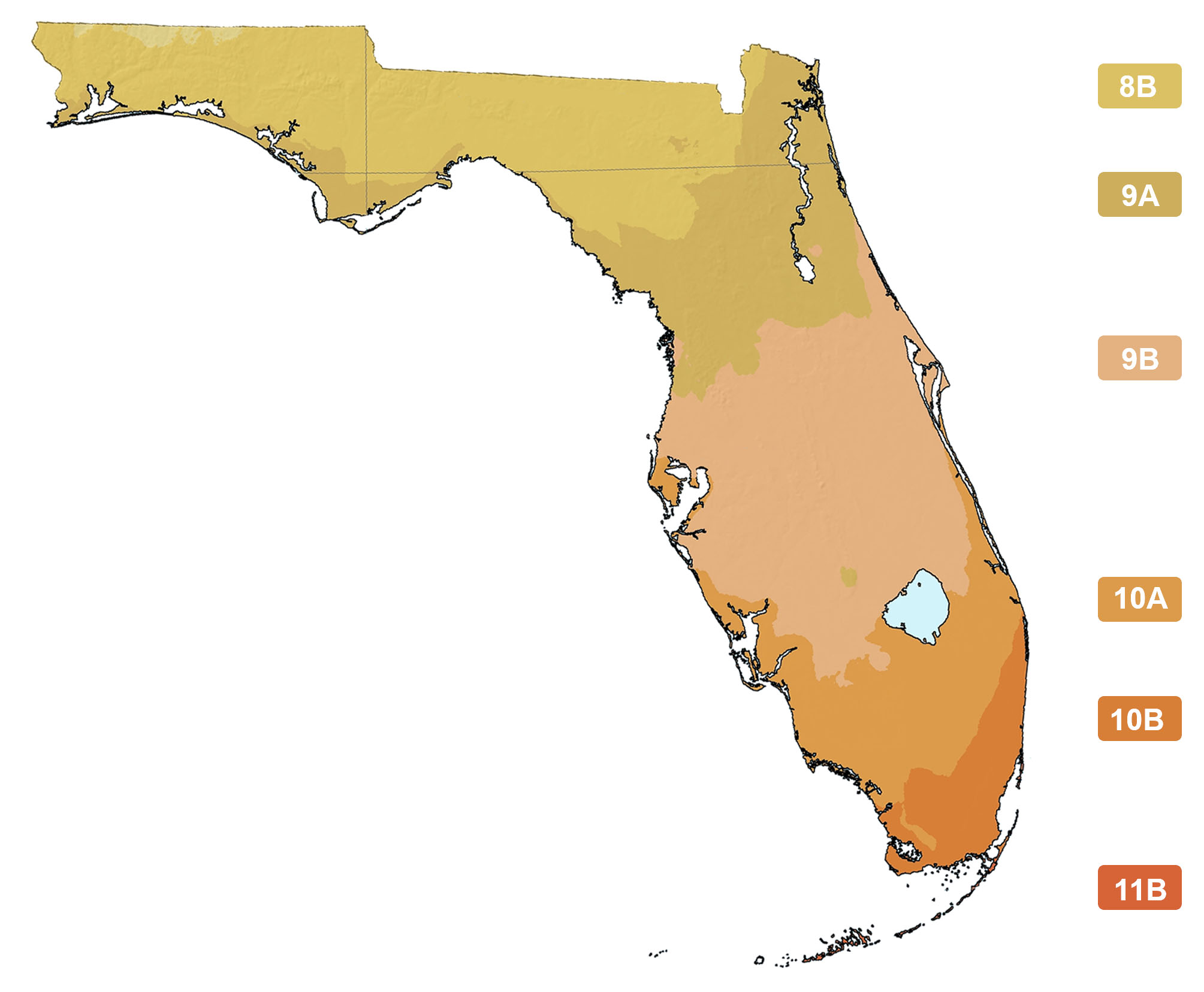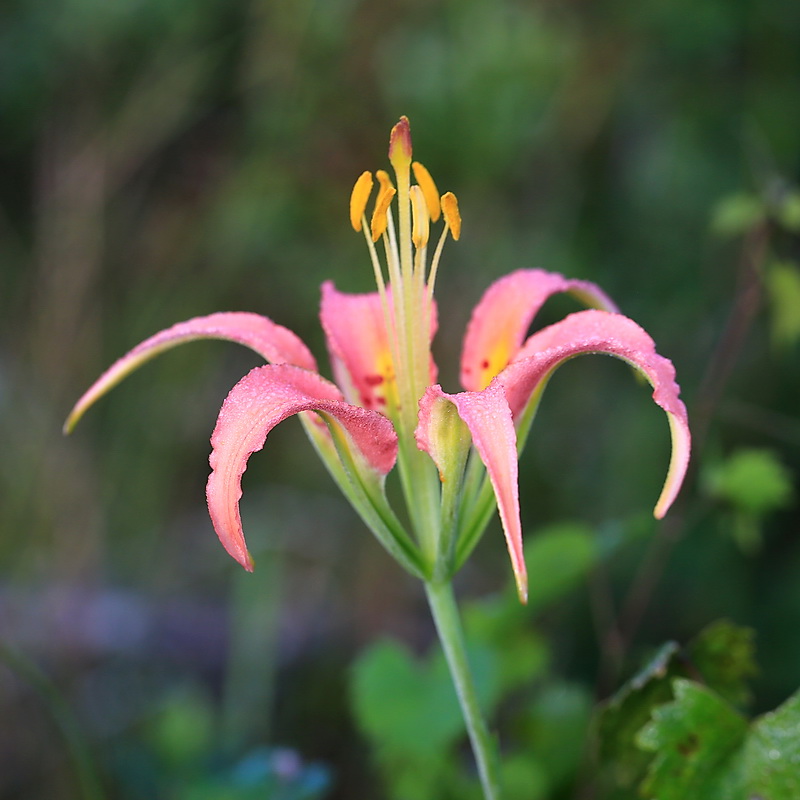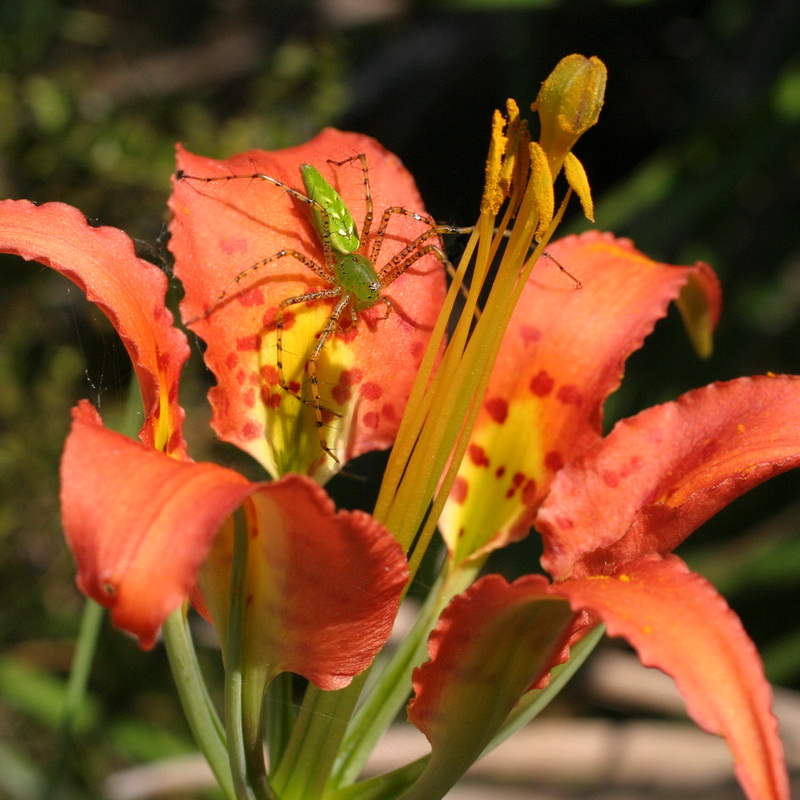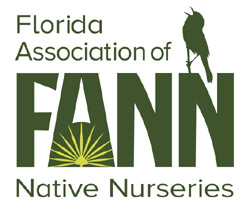Lilium catesbaei
Photographs belong to the photographers who allow use for FNPS purposes only. Please contact the photographer for all other uses.
Pine Lily
Liliaceae
Plant Specifics
| Form: | Flower | |
| Size: | 1-2 ft tall by .5 ft wide | |
| Life Span: | Long-lived perennial | |
| Flower Color: | Red | |
| Fruit Color: | NA | |
| Phenology: | Winter dormant | |
| Noted for: | Showy flowers |
Landscaping
| Recommended Uses: | Retain if present. Could be grown as a small specimen plant in a wildflower garden. | ||||||||||||||||||||||||||||||||||||||||||
| Considerations: | Rarely grown as difficult to find seeds or bulbs and seedlings are subject to fungal diseases. | ||||||||||||||||||||||||||||||||||||||||||
| Propagation: | Division of bulbs. Seed. | ||||||||||||||||||||||||||||||||||||||||||
| Availability: | Native nurseries, Seed | ||||||||||||||||||||||||||||||||||||||||||
| Light: | Full Sun, Part Shade | ||||||||||||||||||||||||||||||||||||||||||
| Moisture Tolerance: |
always floodedextremely dry |
||||||||||||||||||||||||||||||||||||||||||
| (Somewhat moist, no flooding ----- to ----- Not wet but not extremely dry) | |||||||||||||||||||||||||||||||||||||||||||
| Moisture Tolerance: | Somewhat moist, no flooding ----- to ----- Not wet but not extremely dry | ||||||||||||||||||||||||||||||||||||||||||
| Salt Water Flooding Tolerance: | Not salt tolerant of inundation by salty or brackish water. | ||||||||||||||||||||||||||||||||||||||||||
| Salt Spray/ Salty Soil Tolerance: | Low/no tolerance of salty wind or direct salt spray | ||||||||||||||||||||||||||||||||||||||||||
| Soil or other substrate: | Sand | ||||||||||||||||||||||||||||||||||||||||||
| Soil pH: | Acidic | ||||||||||||||||||||||||||||||||||||||||||
Ecology
| Wildlife: |
| |
| Insects: | Attracts butterflies including swallowtails. Reported possible pollinators include spicebush swallowwtail, cloudless sulfur (Phoebis sennae), Palamedes, eastern black swallowtail, and Florida dust skipper and green lynx spider (Coastal Plain Plants Wiki). | |
| Native Habitats: | Mesic flatwoods, wet prairie, wet flatwoods, open seepage areas such as cutthroat seeps. |
Distribution and Planting Zones
Natural Range in Florida
USDA Zones
Suitable to grow in:
10A 10B 8A 8B 9A 9B

USDA zones are based on minimum winter temperatures
Comments
| General Comments: | In the natural environment, this species benefits from periodic fire. Very difficult to see except when in bloom. |







